Retro Replay Review
Gameplay
Mr. Robot unfolds as a thoughtfully designed puzzle adventure that splits its core mechanics into two distinct phases: physical-environment puzzles aboard the starship The Eidolon, and digital hacking encounters within a Matrix‐style cyberspace. In the ship sections, you guide Asimov, a service mechanoid, through tight corridors, maintenance shafts, and reactor rooms, manipulating switches, conveyor belts, and pressure valves to unlock doors and reroute power. The puzzles echo classic isometric titles like Head over Heels and Cadaver but gain fresh life through fully 3D environments that invite spatial reasoning from multiple angles.
The hacking sequences introduce a turn-based combat layer where Asimov’s “ghost” persona battles abstract defense programs to reclaim control of ship subsystems. These encounters feel reminiscent of Japanese‐style RPG combat, complete with resource management, upgradeable abilities, and enemy types that demand strategic adaptation. Each successful hack yields new utilities—speed boosts, firewall bypasses, or data fragments—that feed back into the physical puzzles, creating an elegant feedback loop between the two gameplay modes.
Difficulty ramps up at a measured pace: early puzzles teach core mechanics without feeling patronizing, while later levels twist familiar ideas into more devious configurations. A built‐in hint system prevents frustration in particularly knotty sections, and optional side‐rooms reward exploration with bonus logic challenges. Controls remain crisp and responsive throughout, whether you’re rotating camera angles to line up laser nodes or selecting “Attack” commands in cyberspace. Overall, the gameplay strikes a satisfying balance between cerebral puzzle‐solving and tactical turn‐based skirmishes.
Graphics
Visually, Mr. Robot marries retro isometric sensibilities with modern 3D polish. The corridors and maintenance decks of The Eidolon are rendered in clean, industrial tones punctuated by blinking consoles and power conduits. Dynamic lighting casts realistic shadows across grated floors, heightening the tension as the ship’s AI spirals into chaos. Performance is solid on a wide range of hardware, and draw distances remain consistent even in more complex areas.
When diving into the digital domain, the graphics shift to a neon‐lit wonderland reminiscent of classic cyberpunk art. Abstract shapes form twisting pathways, while enemy defense programs flicker with glitch effects that convey the unstable nature of the ship’s network. These sequences feature smooth animations and vibrant color contrasts, reinforcing the sense that you’re fighting in an otherworldly plane governed by pure data.
Character and robot designs strike a charming balance between utilitarian and whimsical. Asimov’s service‐droid frame is distinct yet unassuming, allowing his expressive digital “ghost” form to steal focus during hacks. Environmental details—steam vents, data jacks, and flickering holographic readouts—lend authenticity to the starship setting and underscore the narrative stakes. Overall, the graphical presentation is both functional for puzzle clarity and immersive enough to pull you into the story.
Story
The narrative thrust of Mr. Robot hinges on a simple but effective premise: The Eidolon’s central AI has begun to malfunction, and only Asimov, a humble service mechanoid, can navigate both ship and network to restore order. From the opening moments, you sense the looming threat: colonists in cryo‐stasis, an erratic computer core, and a lone robot determined to save friends and passengers alike. This setup provides immediate motivation for your puzzle‐solving efforts.
As you progress, scattered log entries and audio diaries deepen the lore, revealing glimpses of the AI’s descent into paranoia. You learn that the very protocols designed to protect the colonists have twisted into mechanisms of control, spawning defense programs that see every repair attempt as an intrusion. Interactions with fellow robots—each with distinct personalities—inject warmth and humor, reminding you that even mechanoids crave camaraderie.
The story unfolds at a steady clip, alternating between shipboard discoveries and digital confrontations that shed light on the AI’s backstory. Dialogue is succinct but effective, and though there’s no full voice acting, the text and ambient soundscapes carry enough emotional weight to keep you invested. By the time you reach the final core showdown, you’ll feel the cumulative impact of every puzzle you’ve solved and every system you’ve reclaimed.
Overall Experience
Mr. Robot delivers a uniquely satisfying blend of environmental puzzle‐solving and turn‐based hacking combat, wrapped in a sci‐fi setting that feels both fresh and familiar. The dual‐layered gameplay keeps each session engaging, as you seamlessly transition from rerouting ship power to battling rogue code in cyberspace. Puzzle difficulty is well‐calibrated, and the pacing ensures you’re always introduced to a new element before being asked to master it.
This title will especially resonate with players who appreciate cerebral challenges over reflex‐based action. Fans of isometric puzzle adventures and JRPG‐style combat encounters will find plenty to admire in Mr. Robot’s design. While the story isn’t sprawling, it strikes the right emotional chords and motivates you to see the game through to its satisfying conclusion.
From a technical standpoint, the game runs smoothly and the art direction effectively conveys both the physical ship and its digital underbelly. With roughly 10–15 hours of content—depending on how many optional puzzles you tackle—Mr. Robot offers solid replay value for completionists who want to hunt down every log entry and secret chamber. For puzzle enthusiasts seeking a story‐driven sci‐fi adventure, this mechanoid odyssey is well worth your time.
 Retro Replay Retro Replay gaming reviews, news, emulation, geek stuff and more!
Retro Replay Retro Replay gaming reviews, news, emulation, geek stuff and more!
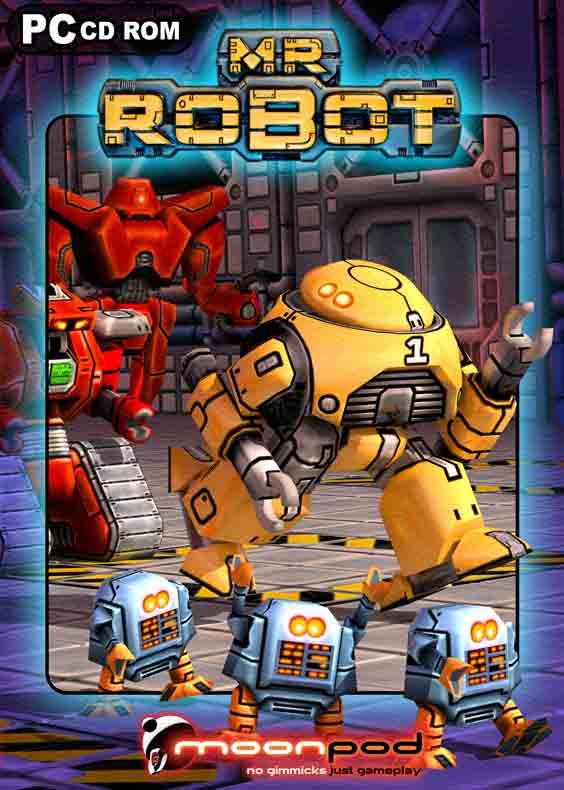
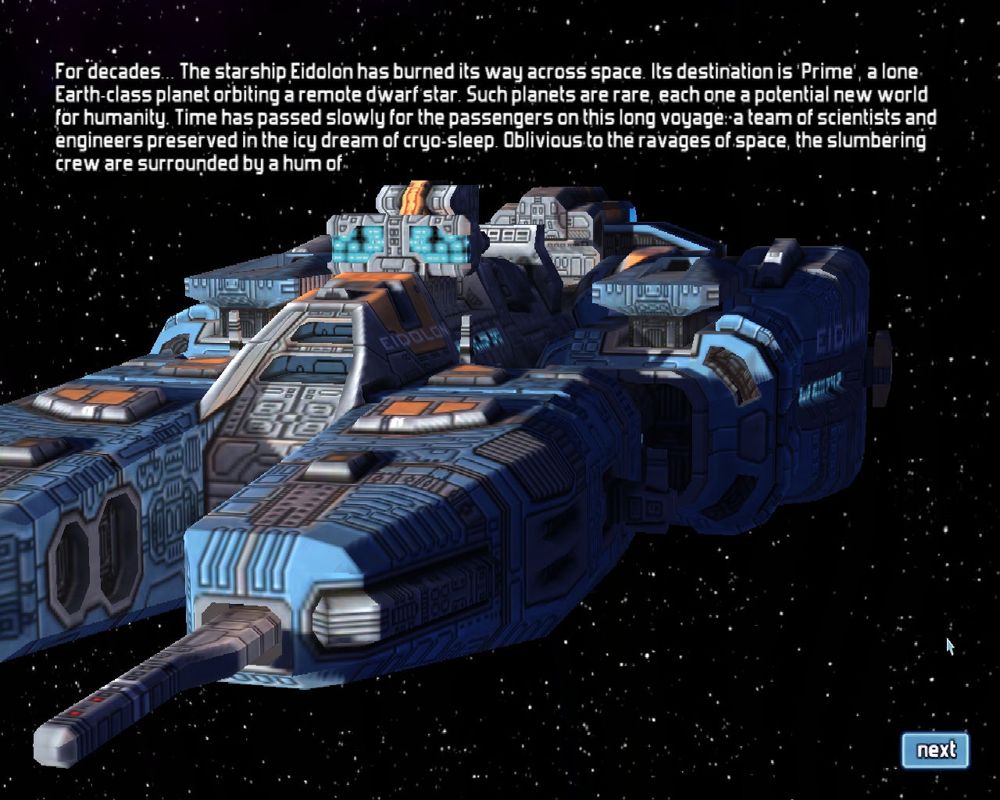
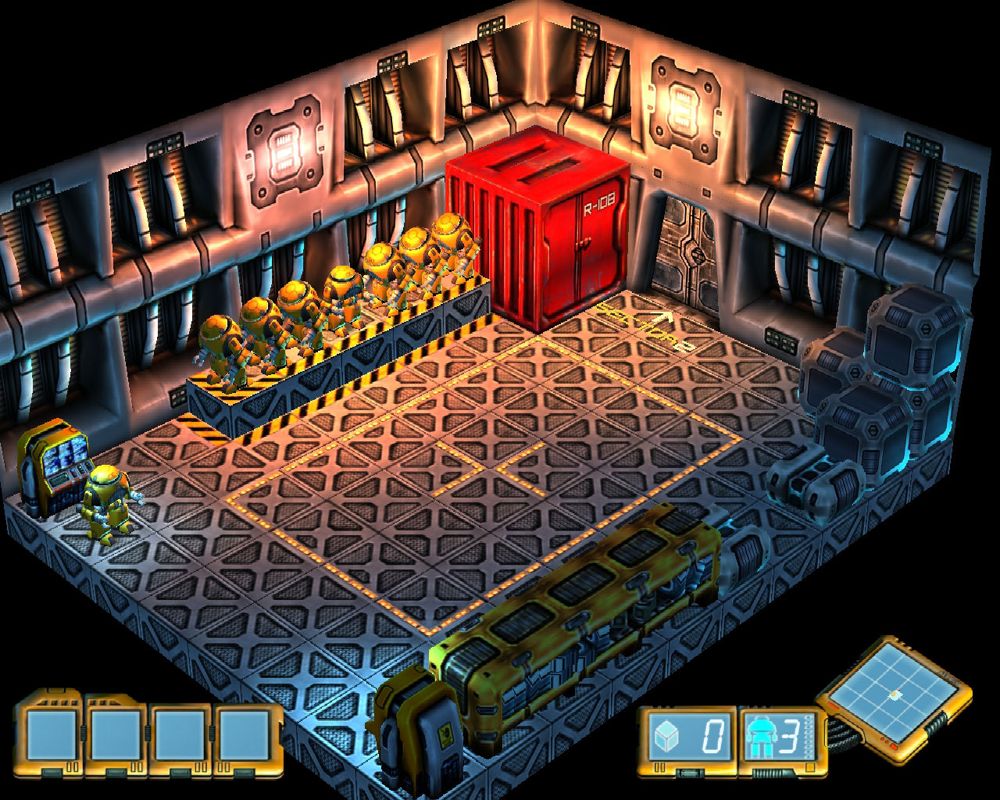
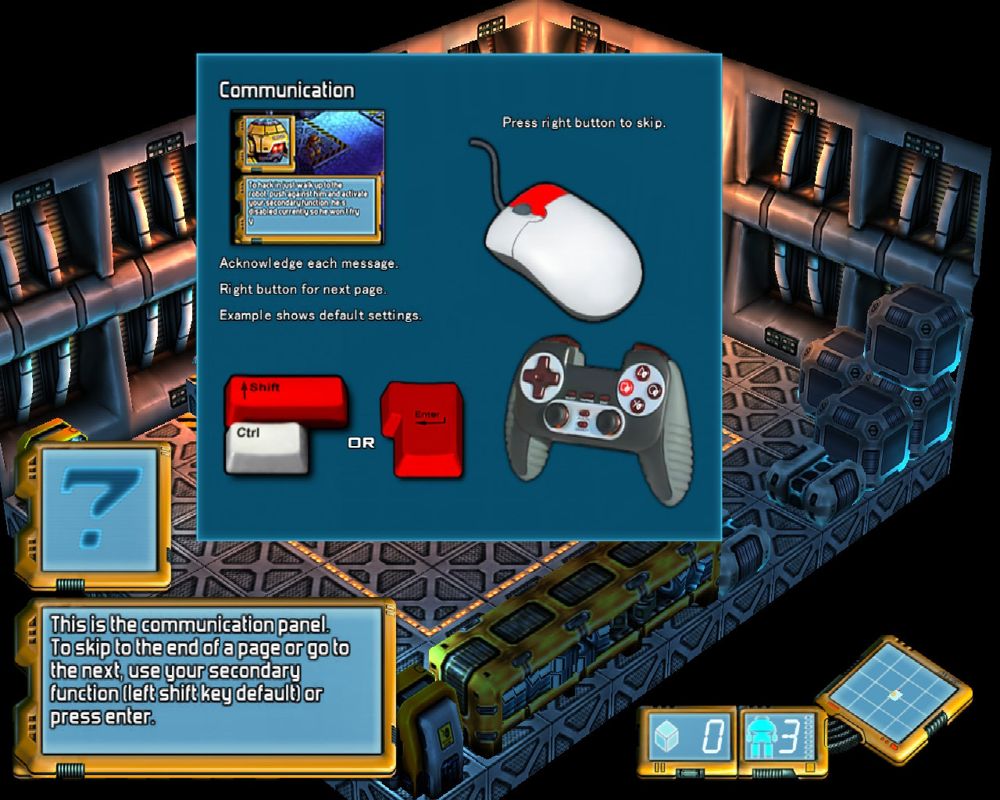
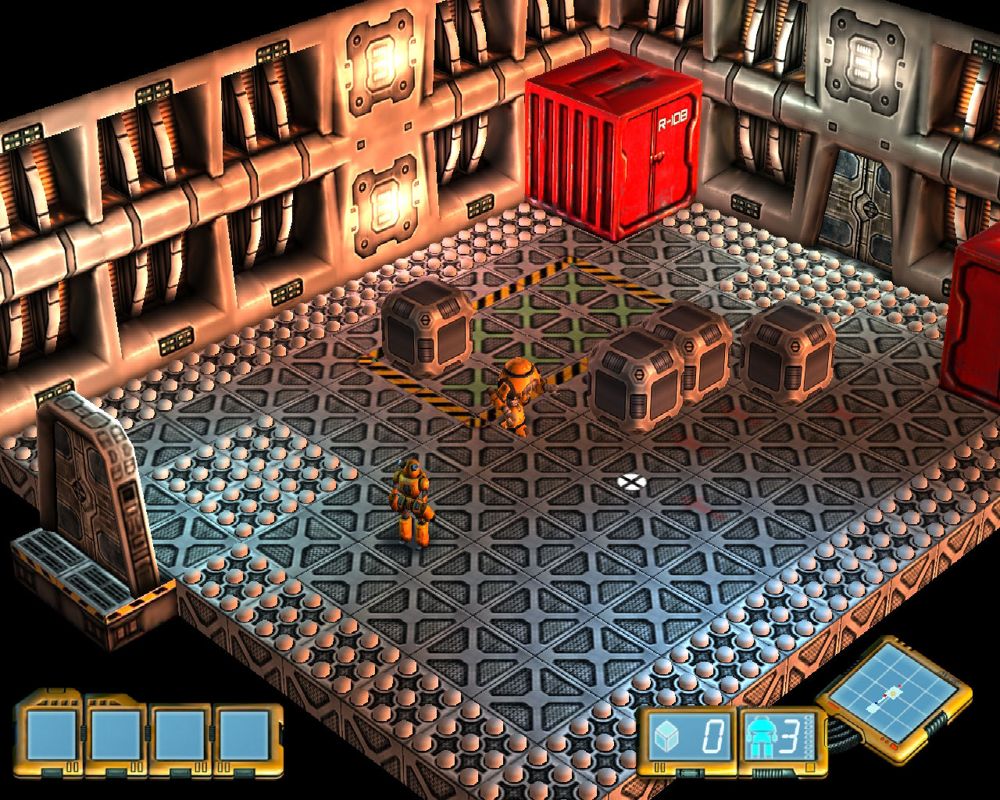
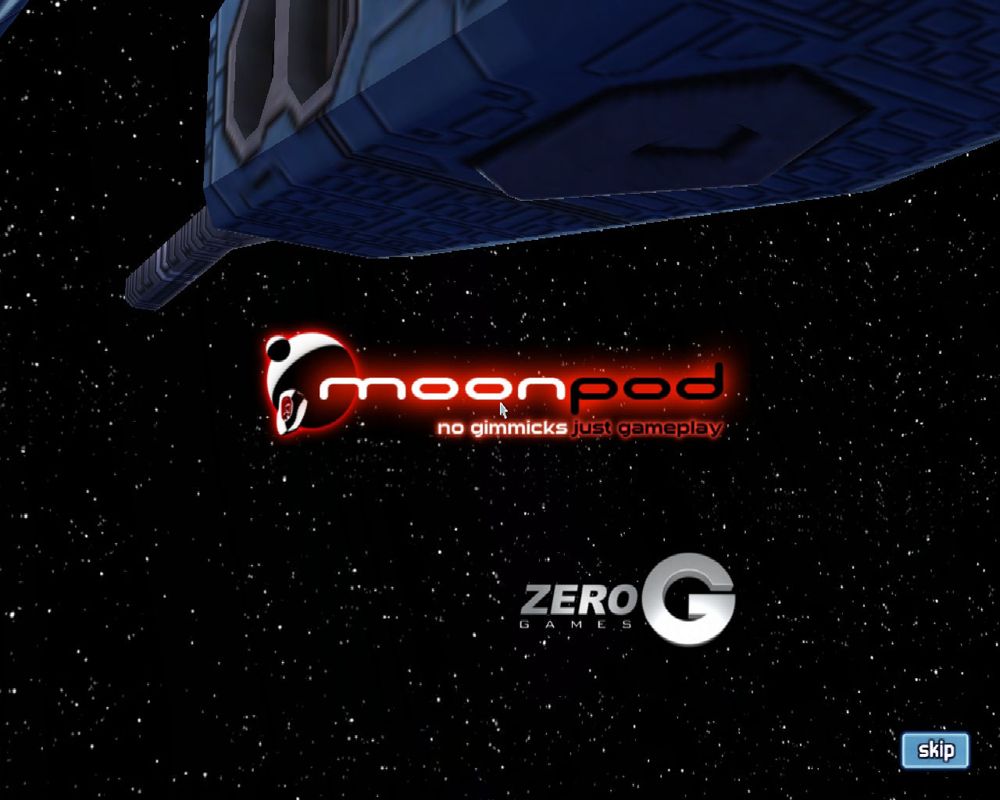



Reviews
There are no reviews yet.